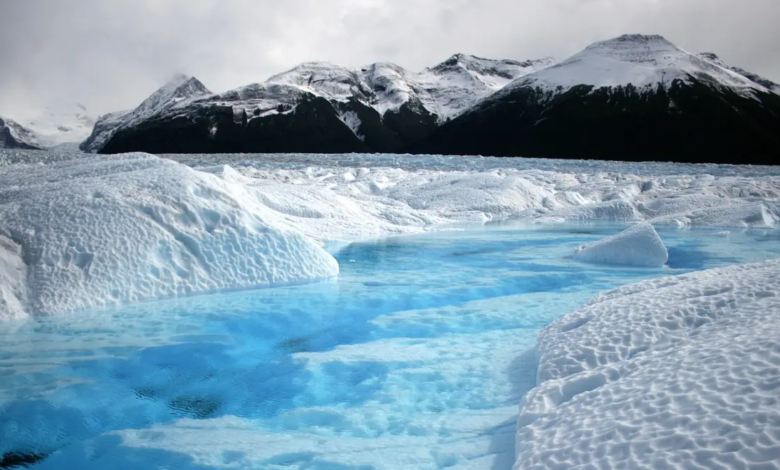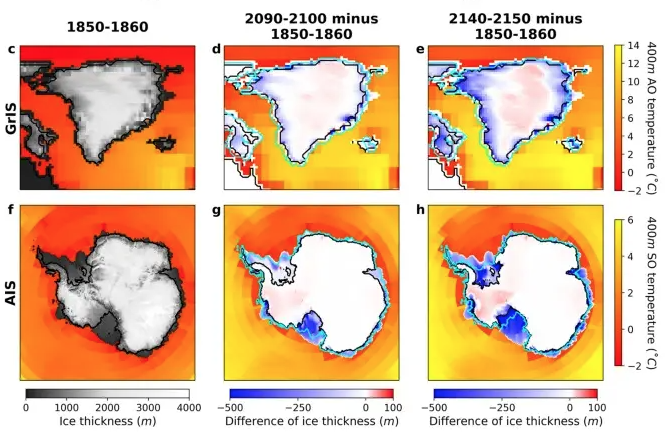Melting sea glaciers, if we go over 1.8°C we’ll have seas 1 meter higher in 130 years

The study published in Nature Communication analyses the melting of the sea glaciers of Antarctica and Greenland
(sustainabilityenvironment.com) – The global warming threshold to prevent glacier collapse in Antarctica and Greenland? It’s 1.8°C. If the temperature of the Planet exceeds this point, the rise in ocean levels will accelerate significantly. This is stated in the first study that examines the complex interaction between four factors to accurately determine the dynamics melting of sea glaciers.
Predicting the behavior of the world’s largest glacial shields is very difficult because many concurrent factors come into play, whose action can reinforce or dampen that of others, and often in unexpected ways. For this reason, the estimates reported by the IPCC, the UN Intergovernmental Panel on Climate Change that synthesizes climate science, also have a rather wide range.
“Computer models simulating the dynamics of ice sheets in Greenland and Antarctica often disregard the fact that melting ice sheets affects ocean processes which, in turn, can affect the ice sheets and the atmosphere“, explains the first author of the study that appeared in Nature Communications, Jun Young Park of the IBS Center for Climate Physics and the National University of Pusan in South Korea. The model developed by Park and colleagues take into account the interactions between ice caps, icebergs, the ocean and the atmosphere.
How to avoid an accelerated melting of sea glaciers?

The result? We can avoid the melting of the unstoppable and accelerated sea glaciers of the South Pole and Greenland only if we reach zero emissions before 2060. If we overshoot, the parts of the ice sheets floating on the ocean will melt at an accelerated rate contributing at least 1 meter of sea level rise across the planet in the next 130 years. To this must be added the impact of other factors such as the thermal expansion of the ocean masses due to the increase in temperature.
Read also Tipping Points: overcoming them can bring unexpected benefits
To translate into precise numbers and dates the efforts needed to avoid this acceleration: according to the latest Ipcc report on climate, the only emissive scenario compatible with the 1.8°C is the C2 (in addition to the C1, now considered out of reach). What does it involve? Carbon peak by 2025-2030, methane peak by 2025, global use of coal, oil and gas in 2050 decreased by 95%, 60% and 45% compared to 2019, global emissions from 55 Gt CO2e in 2019 to just 14 in 2050. Under these conditions the global temperature would exceed 1.5 degrees with an overshoot of up to 1.8 ºC, then return 3 tenths of a degree lower by the end of the century.





